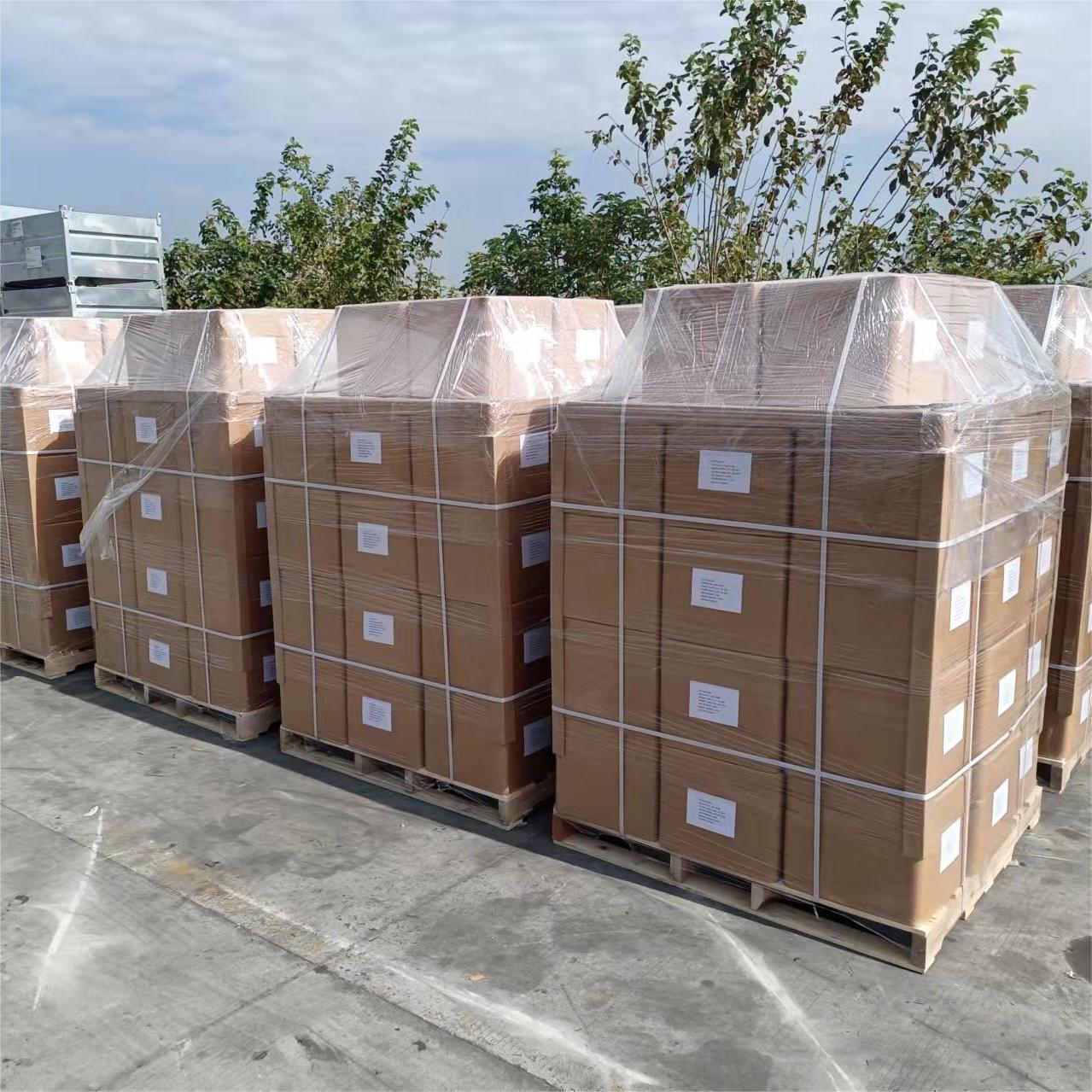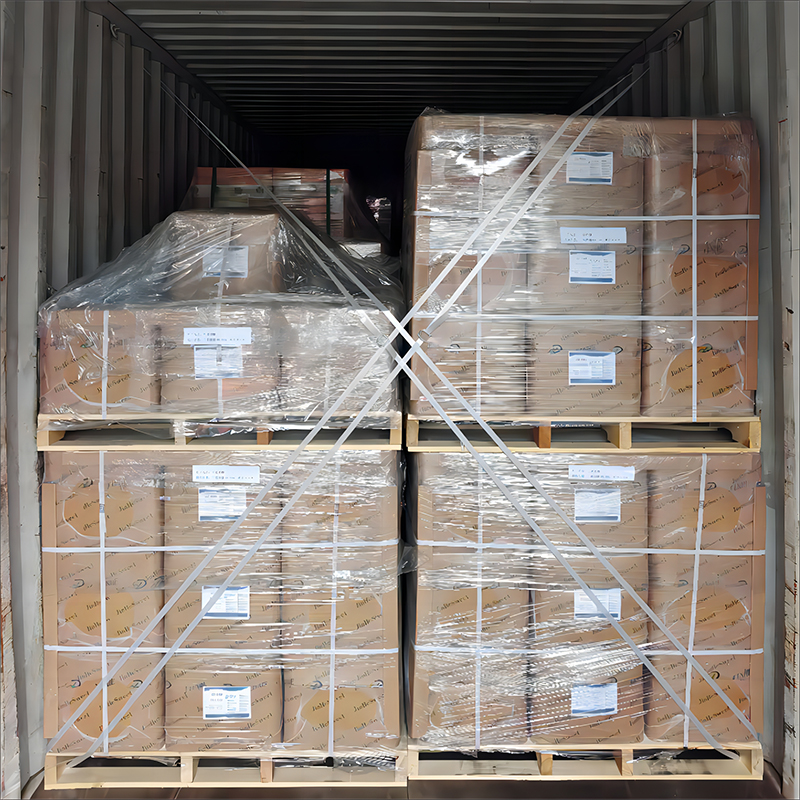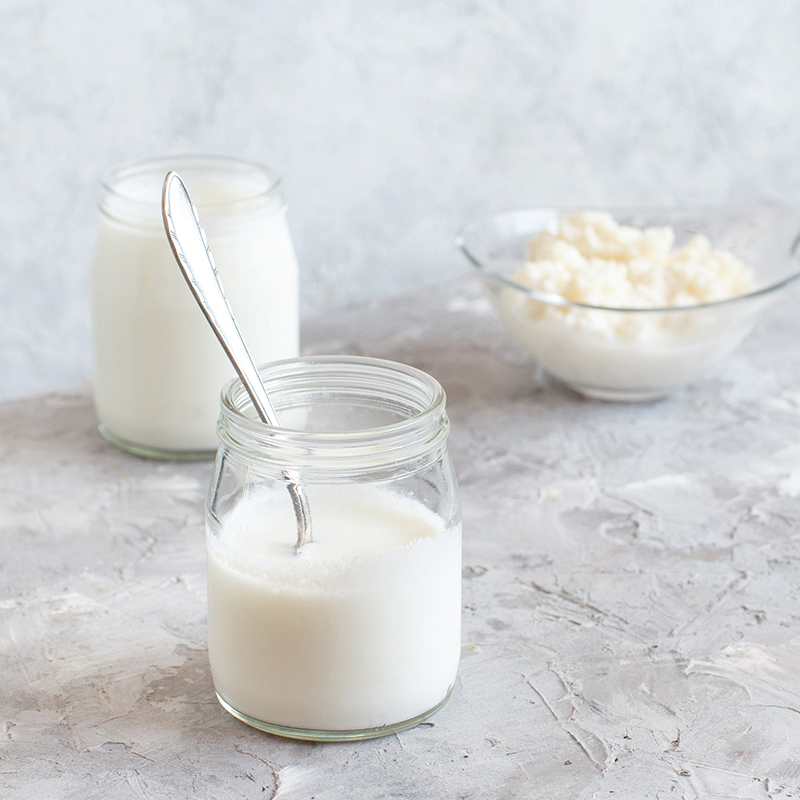0102
Lactate is used for food preservation, moisturizing and flavor enhancement
Description
Sodium L-lactate is used for food preservation, moisturizing and flavor enhancement, as well as casein toughening agent and water absorbing agent. In terms of food bacteriostasis, L-sodium lactate can not only inhibit the reproduction of most spoilage bacteria, but also have varying degrees of inhibition on many pathogenic bacteria, such as Listeria monocytogenes, Salmonella, etc. , Thereby effectively extending the shelf life of meat products. Sodium L-lactate has been successfully used in whole meat products such as cooked ham, roast beef, chicken breast, and minced meat products such as hot dog sausage, fresh sausage, smoked sausage and salami.
description2
Application
It is mainly used in the processing and manufacture of polylactic acid materials and the synthesis of chiral drugs and pesticide intermediates.
Chiral compounds?
Lactic acid esters using D-lactic acid as raw materials are widely used in the production of perfumes, synthetic resin coatings, adhesives and printing inks, and also in the cleaning of petroleum pipelines and electronic industries. Among them, D-methyl lactate can be evenly mixed with water and various polar solvents, cellulose acetate, cellulose acetobutyrate, etc. and various polar synthetic polymers, and has a melting point. It is an excellent solvent with high boiling point due to its advantages of high temperature and slow evaporation rate. It can be used as a component of mixed solvent to improve workability and solubilization. In addition, it can also be used as a raw material for medicines, pesticides and precursors for the synthesis of other chiral compounds. , Intermediate.
Degradable material
Lactic acid is the raw material for the bioplastic polylactic acid (PLA). The physical properties of PLA materials depend on the composition and content of D and L isomers. The racemate D, L-polylactic acid (PDLLA) synthesized from racemic D, L-lactic acid has an amorphous structure, and its mechanical properties are poor, the degradation time is short, and shrinkage occurs in the body, with a shrinkage rate of 50%. % or more, the application is limited. The chain segments of L-polylactic acid (PLLA) and D-polylactic acid (PDLA) are regularly arranged, and their crystallinity, mechanical strength and melting point are far higher than those of PDLLA.



Product specification
| Sodium lactate Basic information | ? |
| Product Name: | Sodium lactate |
| CAS: | 72-17-3 |
| MF: | C3H5NaO3 |
| MW: | 112.06 |
| EINECS: | 200-772-0 |
| Sodium lactate Chemical Properties | ? |
| Melting point? | 17°C |
| Boiling point? | 110°C |
| density? | 1.33 |
| vapor density? | 0.7 (vs air) |
| vapor pressure? | 17.535 mm of Hg (@ 20°C) |
| refractive index? | 1.422-1.425 |
| storage temp.? | 2-8°C |
| solubility? | Miscible with ethanol (95%), and with water. |
| form? | syrup |
| color? | Light Yellow |
| Odor | Odorless |
| PH | pH (7→35, 25oC) : 6.5~7.5 |
| PH Range | 6.5 - 8.5 |
| Water Solubility? | miscible |
| Merck? | 148,635 |
| BRN? | 4332999 |
| Stability: | Stable. |
| CAS DataBase Reference | 72-17-3(CAS DataBase Reference) |
| EPA Substance Registry System | Sodium lactate (72-17-3) |
| Item | ?Index |
| ?Identification test | ?positive in kali salt test, positive in lactic test |
| ?Chroma | ?≤50 APHA |
| ?Assay | ?≥60%? /? ≥70%??? |
| ?Chloride | ?≤0.05% |
| ?Sulfate | ?≤0.005% |
| ?Reducing sugar | ?qualified |
| ?PH value | ?5.0~9.0 |
| ?Pb | ?≤2 mg/kg |
| ?Cyanide | ?≤0.5 mg/kg |
| ?Methanol and methyl ester ? ? ? ? ? ? ? ? ? ?? | ?≤0.025% |











